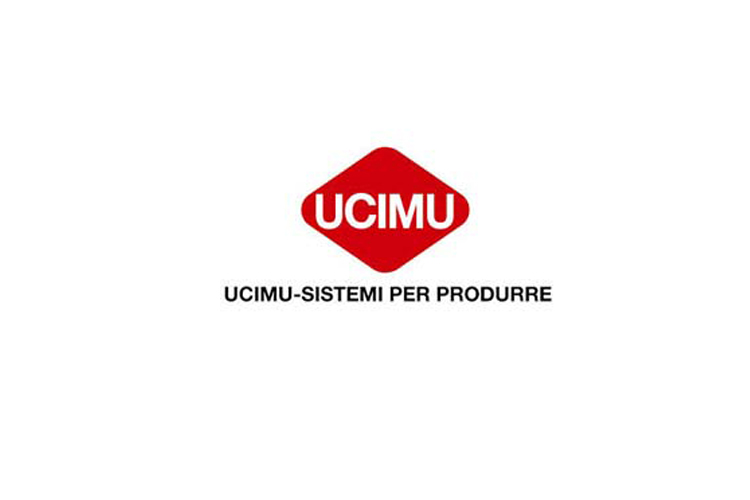Luigi Galdabini, President of UCIMU: “The Stability Law, presented a few days ago, contains some interesting points, from automatic tax credits for investments in research and development, to the elimination of IRAP on labour costs. It is, however, with great worry that we note the failure to include re-financing in line with the New Sabatini Law, promised several times by the Prime Minister’s Office, and which during these seven months of activity has brought the restart of investments in capital goods in Italy.”
For the third quarter of 2014, the machine tool order index, published by Centro Studi & Cultura di Impresa (Centre for Enterprise Studies & Culture) of UCIMU-SISTEMI PER PRODURRE shows a 7.8% increase against the same period of the previous year. The absolute index value reached 86.7, still significantly lower than the average set at 2010 = 100. The overall result was due to the positive trends recorded by manufacturers, both in Italy and abroad.
In particular the index for foreign orders increased by 5.3% when compared with the July-September period of 2013, for an absolute value equal to 102.8.
And the index for domestic orders showed an increaseof 19.1% when compared with the same period of the previous year, clearly sustained by the implementation of the New Sabatini Law. The absolute index value is nevertheless still very low, only reaching 33.7.
Luigi Galdabini, president of UCIMU-SISTEMI PER PRODURRE, stated: “The increase recorded by this last assessment is certainly a positive indication for Italian machine tool manufacturers, also because it is the fourth consecutive month of growth as far as orders are concerned. If 2014 confirms itself as the year of the inversion in trend, one must still remember that the recovery remains weak and uncertain.”
“Against a positive trend in activity abroad,” continued Luigi Galdabini, “the activity on the domestic market, although better than in the past, remains rather unexciting. On the other hand, the New Sabatini Law, which in the period between April and September has financed purchases of capital goods in excess of 2 billion Euros, proves to be a useful tool, necessary for bringing an increase in demand from Italian end users.”
“And it is indeed for this reason,” stated “Galdabini”, “that although the Stability Law contains many interesting points, from automatic tax credits for investments in research and development, to the elimination of IRAP on labour costs, we ask, during this stage of definition and discussion of contents, that the 2.5 billion re-financing of the New Sabatini Law is reintroduced for any operations presented during the 2015-2017 two-year period, as previously indicated by Minister Guidi. The absence of the provision that facilitates financing for those purchasing capital goods in Italy, could in fact cause a new cooling down of the market, which is already uncertain as it is.”
“After saying that, one must still reiterate the need for specific measures, capable of supporting in a structured way the recovery of the domestic market and of the Italian manufacturing sector, currently often operating using obsolete production systems. Complementary to the provisions just described, should be the liberalisation of depreciation for capital goods acquired, and the revision of the calculation coefficients for the same, which are still at the levels of 1988. In this sense, the UK Tax Allowance, in force since last Spring in the United Kingdom, is a great model that our Government authorities should take as a reference. This provision gives in fact the possibility of deducting, during the year of purchase, 100% of the investments in machinery made, up to a maximum amount of 600,000 Euros.”
“Moreover,” concluded Galdabini, “the recovery in the consumption of machine tools in Italy is not a topic that is only of interest for manufacturers but, on the contrary, it is and must always be more and more among the priorities of the country. This is particularly true when one takes into account the fact that the sector operates using technologies that are becoming more and more obsolete and less performing. In order to avoid the loss of competitiveness of our country, it is necessary to think about a system of incentives for the replacement of obsolete machinery. The provision may clearly spur the consumption of machinery, but most of all promote the now necessary modernisation of production systems, in response to the need for better productivity of the companies, and in order to meet the more and more stringent regulations on energy savings and improvement of safety standards in the workplace.”


